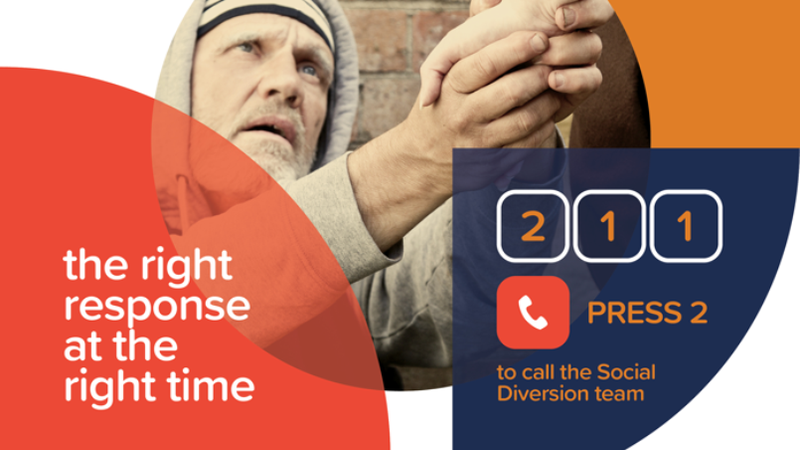
Social Diversion pilot successful, but lots of room to grow
The one-year pilot project that is Red Deer’s Social Diversion Team (SDT) has been largely successful, the folks behind it say.
The pilot was approved by city council in late 2020, then launched on-the-ground efforts in January, staffed by Safe Harbour Society team members.
“In the first six months, the Social Diversion Team responded to 878 events, averaging approximately six calls per day,” says Jeremy Bouw, Safe & Healthy Communities Supervisor for The City of Red Deer. “Each one of these calls represents an event that was diverted from our emergency medical services and policing resources, and also demonstrates our ability to respond to individuals in need with the right resources at the right time.”
The SDT functions when someone calls 2-1-1 upon seeing a person in distress, typically experiencing issues related to mental health, addictions or homelessness. 2-1-1 works as a dispatch to inform the SDT their assistance is required.


